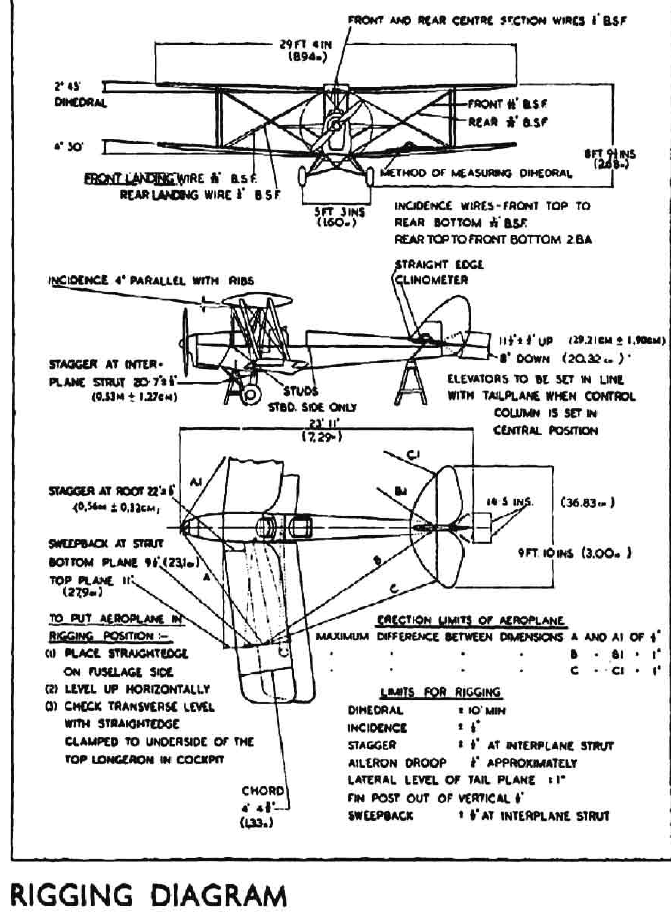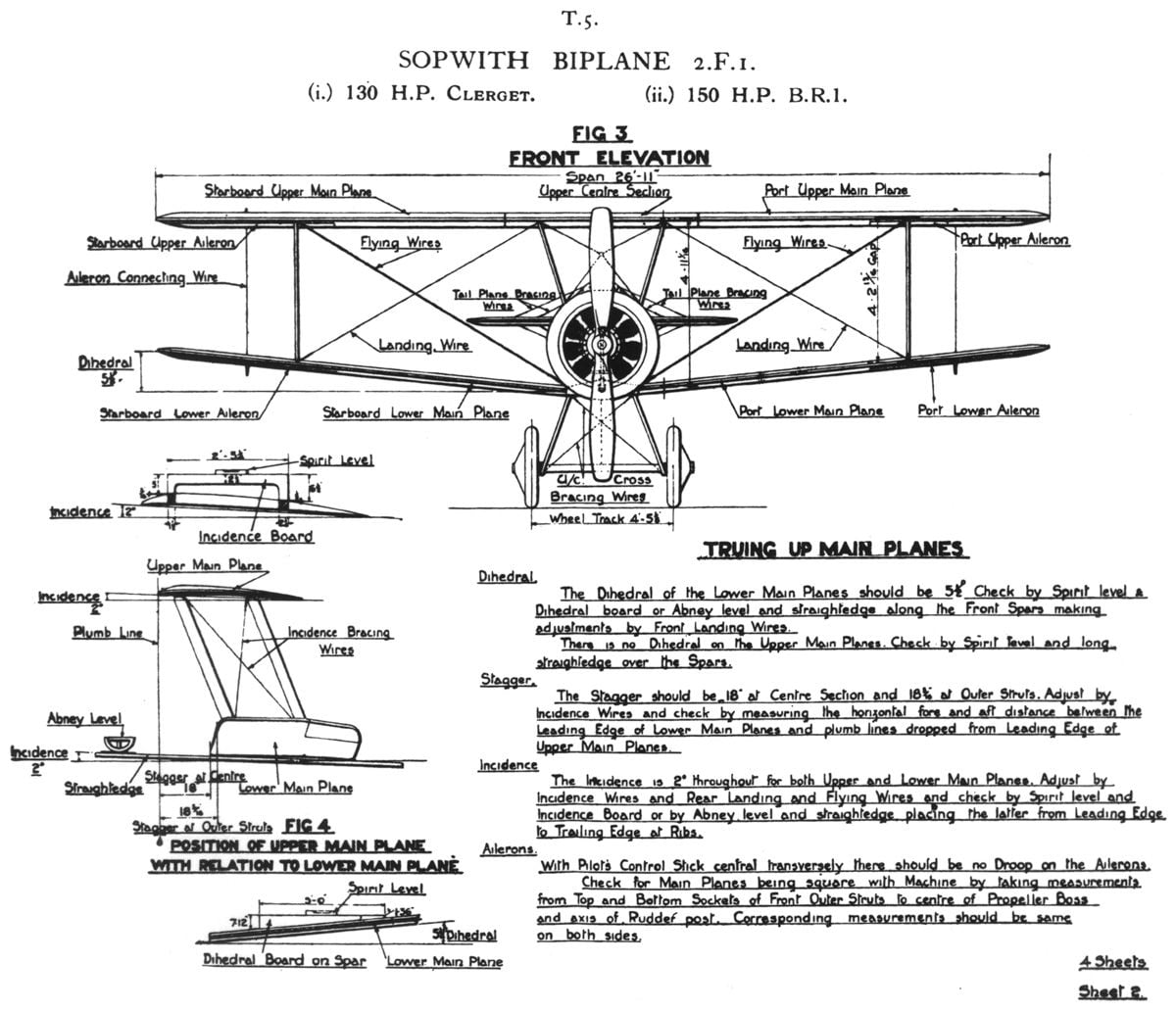Interviews with D P Davies on certificating aircraft
Join Date: Jul 2008
Location: New York
Posts: 3
Likes: 0
Received 0 Likes
on
0 Posts
Listened to the D.P. Davies audios last week just as the 737 Max groundings took effect. His comments made back in '92 on Boeings rather looser view on acceptable stall characteristics and the Boeing / FAA coziness around certification seem remarkably prescient ! In fairness to Boeing he also praises them in many other ways.
Hi Air Clues. I worked for a 747 operator that had to follow UK CAA air test requirements. My recollection is that Boeing were horrified to find out (rather late in the day) that airlines were stalling 747's and particularly were concerned about the loads on the horizontal tail due to the buffeting. IIRC, once Boeing found out people were stalling the 747 they required a Severe Turbulence Inspection of the tail after a full stall. After this the CAA changed the requirement to check stick shaker activation speed only.
airlines were stalling 747's and particularly were concerned about the loads on the horizontal tail due to the buffeting
November 11, 1979 – an Aeromexico DC-10 entered a sustained stall while climbing through 29,800 ft, to its assigned cruise altitude of 31,000 ft, over Luxembourg, Europe. The flight crew failed to monitor their flight instruments, so they did not immediately recognize that the plane was in a stalled condition. Instead, they blamed the heavy buffeting on the #3 engine, which they shut down, while continuing to hold the nose up. The plane continued to descend for one minute in a fully stalled condition, until the pilots lowered the nose and began a proper stall recovery procedure, which was completed at 18,900 ft. The #3 engine was then restarted, the declaration of emergency was canceled and the flight continued to Miami, Florida. Ground inspection revealed four feet missing from each of the outboard elevator tips, including the balance weights. The NTSB concluded that the sustained stall buffeting produced a dynamic structural overload on the elevator, which resulted in the failure of the elevator tips and balance weights. Further, the NTSB concluded that the autopilot had improperly been placed in vertical speed mode. That forced the AP to keep increasing the angle of attack to maintain the preselected vertical speed number, because maximum available engine thrust declined (normally) with increasing altitude. That caused the airspeed to fall below the stall speed of the aircraft
Just a note to thank the original poster Bergerie1 for posting these links and the Mod for making it a sticky on Tech Log. Very interesting. Just listened to them all back to back.
In my view the RAeS could do with a curator to improve the accessibility to this amazing material. For example compile appropriate playlists and or indexes.
In my view the RAeS could do with a curator to improve the accessibility to this amazing material. For example compile appropriate playlists and or indexes.
Join Date: Dec 2013
Location: humzaland
Posts: 143
Likes: 0
Received 0 Likes
on
0 Posts
I've just seen #42. Reminds me of a student in a JP3 climbing through cloud in the Vale of York on a fine summer afternoon way back when. The alert QFI noticed that the speed was low and 'admonished' the student, whose reply was "You can either have climbing speed or a climb". Cue smart RTB, where they found both intakes were full of slush (well, pretty full anyway).
IIRC the 707-436 had a parallel yaw damper which had to be disengaged for take-off and landing and even with the extra fin area (main + ventral) their was a continuous mild tendency to dutch roll. This was not the case with the -321C which had a series yaw damper and thus no ventral fin. It would have been interesting to hear DPD's opinion of the stab trim motor stalling under large mistrimmed conditions.
It may be worth mentioning that full-span (except at the pylons) L/E flaps on B707s are of the Krueger type - unlike the VC10s, all of which have full-span L/E slats.
True - you & I would call them Krueger flaps after the way they deploy. Boeing seems to refer to them as 'slats' however if they maintain a small gap between themselves and the wing LE and thus function in the same way as a fully deployed slat - by accelerating air through the small gap. The 747 has what we'd call Krueger's full span, but I believe Boeing refers to them as Krueger's inboard and slats outboard.
Perhaps the slotted Kruegers should be referred to as "Krueger slats"? I can't remember if part of the L/E Kruegers on the 707-320Cs were "slotted" or not. No doubt it makes sense to slot the outboard sections only, as you describe on the B747, to help ensure the outboard part of the wing doesn't stall first.
The 707-320C may have had rather old-fashioned L/E devices but, IIRC, its T/E flaps were double slotted, whereas the VC10's were single-slotted. And are the B747's mainly triple-slotted, except the 747SP?
Last edited by Chris Scott; 23rd Dec 2019 at 13:07. Reason: Minor corrections
Listened to the D.P. Davies audios last week just as the 737 Max groundings took effect. His comments made back in '92 on Boeings rather looser view on acceptable stall characteristics and the Boeing / FAA coziness around certification seem remarkably prescient ! In fairness to Boeing he also praises them in many other ways.
He was clearly unimpressed with the performance, late in his career, of non-pilot colleagues in reversing his original insistence, years earlier, that a stall-ident/stick-pusher be fitted to the UK-certificated B727-100, just as had been done many years earlier for the Trident/VC10/One-Eleven.
On a personal note, his comparison of the relative degrees of difficulty of flying the B707 and VC10 resonated. And his description of the pre-stall buffet on the VC10 took me back to an air-test in which the stick-pusher simply would not operate. Disappointing for me - and perhaps for him - that he never tested an Airbus type.
This really is a must listen. The warning signs were there but the pen pushers have made a dogs dinner of aviation unfortunately. Its only for the dilligence of the engineers, ground and air crews that have us flying as safely as we can given the circumstances. Those in the ivory towers have long lost the respect of real hard working people.
The following users liked this post:
I came very late to this party but I enjoyed listening to "Interview on the Boeing 747, the Trident, VC10, One Eleven & the Boeing 727".
One thing that puzzled me was the multiple references to "incidence" when Davies appeared to be describing "angle of attack". In the terminology I'm familiar with "incidence" is fixed at aircraft design and describes the angle between chord and LFD. Has the terminology changed since these interviews were conducted?
One thing that puzzled me was the multiple references to "incidence" when Davies appeared to be describing "angle of attack". In the terminology I'm familiar with "incidence" is fixed at aircraft design and describes the angle between chord and LFD. Has the terminology changed since these interviews were conducted?
reaching for my much thumbed "Handling the Big Jets Edition 2" page 4 "Glossary of Terms"
Incidence - the angle between the wing chord line and the free air stream (also referred to as "angle of attack")

Incidence - the angle between the wing chord line and the free air stream (also referred to as "angle of attack")

In my search for definitions of both terms I stumbled across this "Flight Test Engineering Handbook" originated at Edwards in May 51 and revised much later. It contains only one reference to "incidence" and numerous references to "angle of attack".
https://apps.dtic.mil/sti/tr/pdf/AD0636392.pdf
One thing that puzzled me was the multiple references to "incidence" when Davies appeared to be describing "angle of attack". In the terminology I'm familiar with "incidence" is fixed at aircraft design and describes the angle between chord and LFD. Has the terminology changed since these interviews were conducted?
I think DP Davis's definition of incidence is quite historical and doesn't reflect the accepted modern UK definitions - I did an aeronautical engineering degree here in the UK back in the 80's, and even at that time we were using the now commonly accepted definitions of AoA and incidence, those being AoA is relative to the airflow, and incidence is to some airframe datum.
The following 2 users liked this post by DH106:
I think DP Davis's definition of incidence is quite historical and doesn't reflect the accepted modern UK definitions
The angle of incidence is a term used in the rigging of an aircraft, some term it the mounting angle, the angle twix wing chord and the aircrafts longitudinal axis, the B-26 had to have its angle of incidence increased to improve its take off performance, then again the F-8 increases the incidence by 7° for landing and take off. Even the rigging directions for the 1930's Tiger Moth call it the angle of incidence.
What ever the cause, Davies book is in error.

Then again we can go back to WWI and the Sopwith Camel, incidence 2° both upper and lower wings.

Having said all that I now find myself with a black eye. Just read a 1942 Air Force manual which carries the statement,
Angle Of Incidence - The angle between the chord of the aerofoil and the direction of airflow past it. The angle of incidence is often referred to colloquially as "the angle of attack" and should not be confused with "rigging incidence"
Last edited by megan; 9th Apr 2024 at 07:32.
The following 3 users liked this post by megan:
He's not "in error" - he was British and that's what they used. And the book was in its 2nd edition - they sold over 10,000 copies of the first edition and I'm sure that "error" would have been pointed out by a lot of people if they thought he was wrong. BOAC bought 2,000 and gave then to every pilot and engineer.
Sure we use AoA these days but he knew what HE meant when he wrote "incidence"
Sure we use AoA these days but he knew what HE meant when he wrote "incidence"
The following users liked this post:
During my 1970 ETPS course "incidence" and angle of attack were used interchangeably, particularly so during aerodynamics and stability and control lectures. We all knew what was meant, in a long lesson with dozens of references "incidence" is just easier. During visits to manufacturers, "incidence" was the common term. Might have just been an aerodynamicists thing. D. P. Davies also used incidence when visiting as a guest speaker. Even the Mirage 111 AOA indicator was referred to as the incidence indicator.
The following users liked this post:




